Loading Content...
Our Four Pathways
 Answer
Answer
How do you create a culture that brings out people’s best? How do keep your culture as you grow, including integrating acquisitions?
OUR AREAS OF EXPERTISE

At STRATAM, we draw upon rich philosophical traditions to create and refine innovative frameworks, distinctions, and practices that enable our clients to see their organization in a new light and develop new pathways to the future. All our projects are unique, as every masterpiece is unique.
We can approach the project through multiple pathways, all outlined here, or through all of them together.
Scroll back up to see the tabs for the pathways for how we achieve our results.

Beyond the basic practices, cultures have a shared organizational mood such as hope or fear, among others. The organizational mood determines how situations and things matter. In hope, things matter insofar as they can help people change the world. In fear, things matter insofar as they are threatening. Whenever we enter a new organization, we get a certain feel. That’s the shared mood.
Cultures also have a style which tells people how to act. A culture with an opportunistic style has people constantly looking for adjustments to get ahead. A culture with a pragmatic style has people looking to make smart tradeoffs to get work done.
Companies with famous cultures include Steve Job’s Apple with a mood of hope and style of perfectionism. Microsoft and Dell have moods of zeal and styles of pragmatism. Google sports a mood of admiration and style of developing people. Ray Dalio’s hedge fund Bridgewater has a mood of zeal and style of opportunism.Scroll back up to see the tabs for the pathways for how we achieve our results.

We work with leadership teams to create masterpiece strategies—ones that competitors cannot help but admire. We do so through an iterative process of exploration and decision-making. Questions start the process. Answers are challenged for insight and grounding. Decisions frequently open new areas for exploration. We involve key performers from multiple levels to ensure that answers are grounded in the reality of the situation. We design the conversation to require honesty, directness, insight, and boldness.
Scroll back up to see the tabs for the pathways for how we achieve our results.

Scroll back up to see the tabs for the pathways for how we achieve our results.

At the heart of CbM is the recognition that great accomplishments are driven by the commitment of individuals, teams, and organizations. Where accountabilities are weak or unclear, so are the results.
CbM was inspired by Speech Act Theory, which distinguishes classes of committed communication actions, including promises, requests, and declarations. Greater awareness and skill with these actions increases people’s ability to make things happen through communication. We have found that practices such as the Accountability Loop (pictured above) quickly increase productivity and trust in organizations.
Scroll back up to see the tabs for the pathways for how we achieve our results.
our highly experienced professionals
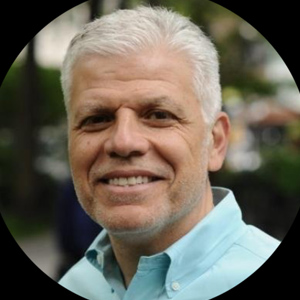
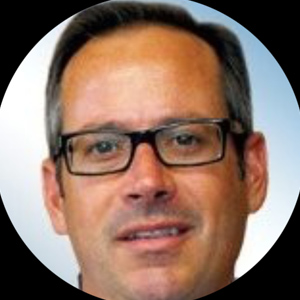


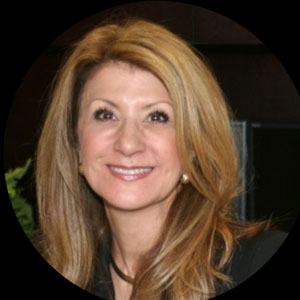
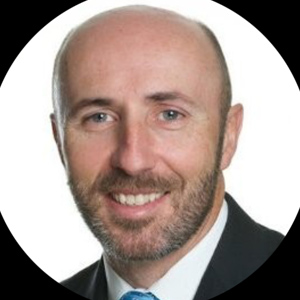

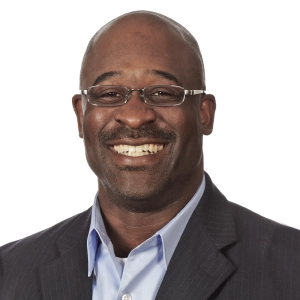
And Testimonials


Testimonials
“Chris and his team introduced me to the principles of Commitment-based Management 15 years ago. I have utilized what I learned from them in leading multiple organizations, including large technology firms, major money center banks, an online brokerage, and technology start-ups. From leadership development to project constitution and management, these practices have directly resulted in enhanced team performance and predictable product delivery schedules.”
Vince Passione
Former President
DealerTrack

Testimonials
“Our customers were so delighted by the increased visibility into our processes and the quality of our deliverables that they offered to partner with us on a new technology initiative. Commitment-based Management is now an integral component in our software testing and quality engineering practices. ”
Brian Branagan
Former QA Manager

Testimonials
"Jean Dunham's coaching with me and our president has been instrumental in our management turnaround, focus and communications."
Andrea Bordenca
COO, DESCO
Diagnostic Equipment
Service Corporation

Testimonials
“Leadership would be a safe undertaking if your organizations and communities only faced problems for which they already knew the solutions. But there is a whole host of problems that are not amendable to authoritative expertise or standard operating procedures. Without learning new ways—changing attitudes, values, and behaviors—people cannot make the adaptive leap necessary to thrive in the new environment.”
Ronald Heifetz &
Marty Linsky,
Leadership on
the Line

"Chris and his team helped us quickly establish timelines, roles and responsibilities, a project office, and our management practices, and worked closely with the team to provide the day-to-day discipline and focus to maintain momentum in the face of numerous challenges. The result was that we launched a new suite of offerings in record time: 16 weeks after starting the effort."
Vic Saliterman
“Our company struggled to find solutions to deal with a major expense that was increasing at an alarming rate. it. Working with our executive and management teams in a collaborative manner, Chris and his team identified problem areas we were blind to and worked with us to develop our people, processes and tools to address the problems. As a result, expenses in that area were reduced by over 80% with annualized savings of $30-million. A more personally meaningful benefit was the coaching Chris provided to the Executive Management Team. We now have a much more candid, trusting, and respectful environment. These improvements were crucial to our success as we rapidly approach $1 billion in revenue.”
Steve Stevenson
“We embarked on a new, innovative strategy to reduce the costs of producing hydro plants. The strategy required a major change of our company in processes, tools, and even culture. Chris Davis and his team led teams involving experts from all our major global centers to design the most efficient, customer-centric processes in the industry—all based on networks of interconnected commitments. They trained our experts to mobilize these new processes and to introduce a commitment-based style of work. The results of our strategic initiative have been outstanding."
Hubert Lienhard
"We embarked on a multi-year, multi-phased project to completely restructure our trauma care delivery model. Stratam was critical in helping us to develop the skills needed to facilitate the many changes in processes, roles, and responsibilities for a successful transition. We now have a more cohesive team and trauma care delivery model that has resulted in less variability in care and reduced lengths of stay.""
Kacey A. Hansen, RN, BSN, MBA
"We've had some smashing breakthroughs and are seeing exceptional business results thanks to Stratam’s work. We have alignment of purpose, culture and strategic initiatives, and the alignment is filtering through the ranks who see business results to go with that.""
David CrouseContact us with any questions

Contact Us
Let's work together and achieve great things!

Stratam
Articles and Reference Material
Leadership as Masterpiece Creation: What Business Leaders Can Learn from the Humanities about Moral Risk-Taking
by Charles Spinosa (Author), Matthew Hancocks (Author), Haridimos Tsoukas (Author)Disclosing New Worlds: ENTREPRENEURSHIP, Democratic Action, and the Cultivation of Solidarity
Spinosa, C., Flores, F. and Dreyfus, H.L. (1997)Listening for Candor: Building Trust in Relationships that Matter
EL PODER DE LAS PROMESAS
LA FUERZA VITAL QUE MUEVE LAS ORGANIZACIONES EN LA ERA DE LAS REDES
Transforming Crippling Company Politics
Resentment and the Politics of Blame
Listening, Language, and Action
Promise-Based Management: The Essence of Execution
The Action Lab
CREATING a Greenhouse for ORGANIZATIONAL change
Taking an Expanded View of Customers' Needs:
Qualitative Research for Aiding Innovation
Extending Scenario Planning into Transvaluations
Communication Workflow Perspective on Engineering Work
Person-to-Person Business Process Management
social network analysis
Social network analysis maps relationships between people in an organization.The map shows a macro view of an organizational structure with prominent individuals highlighted by their identification numbers. Each dot is an individual with the colors indicating organizational role and shape representing job title. Our SNA work is led by Dr. Thomas Valente who has published over 250 articles and chapters on social networks and program evaluation, and is well known for his books (e.g., Social Networks and Health: Models, Methods, and Applications, Oxford University Press) and writings on network interventions (e.g., Valente, T. (2012) Network Interventions, Science, 337, 49-53).
Scroll back up to see the tabs for the pathways for how we achieve our results.